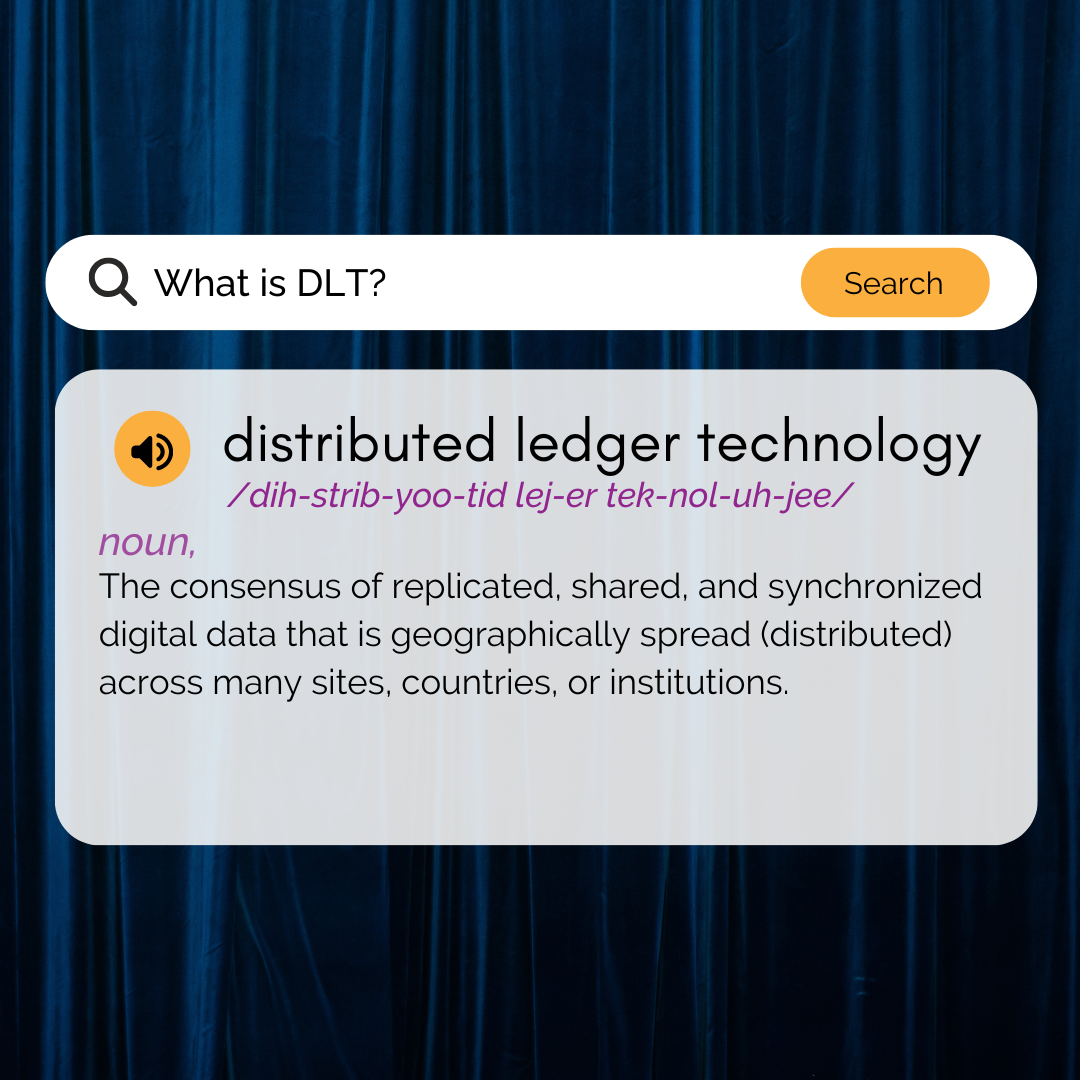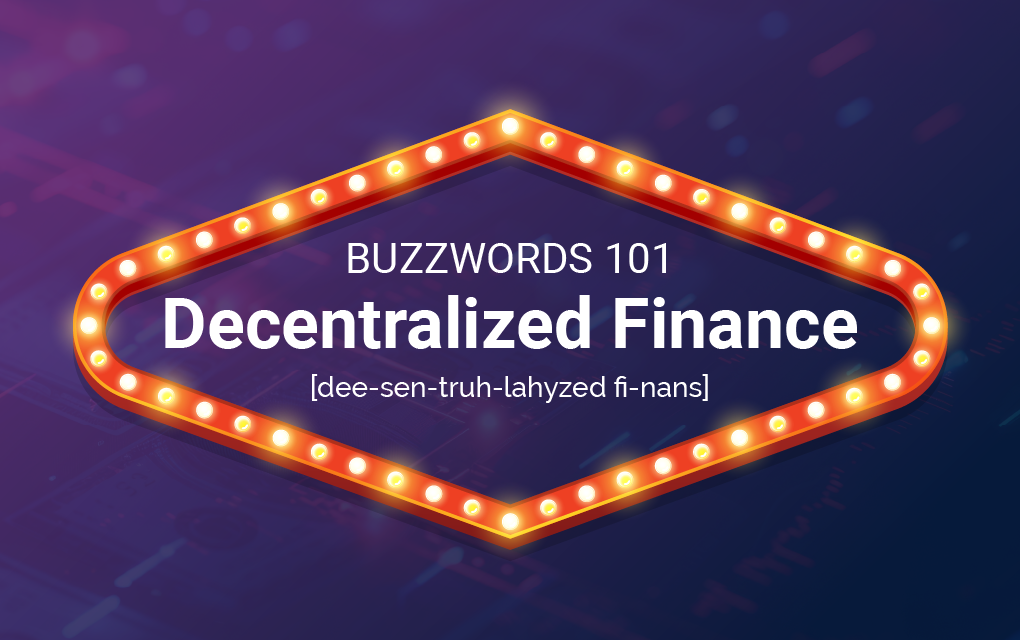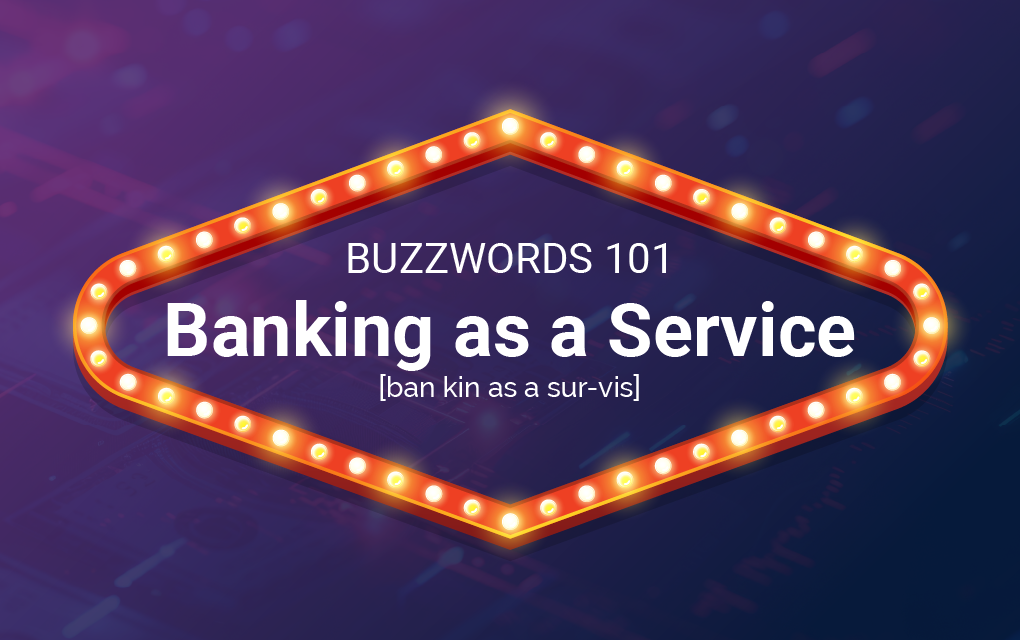Buzzwords 101: Distributed Ledger Technology
To understand distributed ledger technology, or DLT for short, you first need to understand the difference between blockchain and cryptocurrency. It’s easy to conflate these two, so let’s be very clear. Blockchain is a technology platform on which various applications can be built. Cryptocurrency is one type – but not the only type – of application that can be built on the blockchain technology platform.
Perhaps you’re wondering what category of technology blockchain falls under. Glad you asked because – you guessed it – blockchain is a type of distributed ledger technology, or again, DLT.
DLT as a concept is very different from what you and your financial institution have relied upon since … well since there were financial institutions.
Think about your current environment. You have a core processing platform. On that platform, you manage all your institution’s transactions and maintain its general ledger in a centralized database. You also have a teller in your branch who executes various transactions on behalf of your accountholders.
At the end of the day, that teller – like all tellers – is required to perform a process called balancing. This process ensures that all the credits balance against all the debits from the transactions executed by that teller. If the teller is out of balance, corrective measures must be taken before the final daily reconciliation can be completed.

Now consider a system wherein, rather than being stored in a centralized database, your ledger is replicated and updated on hundreds of nodes across an expansive peer-to-peer network. In other words, consider a distributed ledger.
With each transaction, the ledger is updated across all nodes on the network. Using what is called consensus algorithms, the nodes on the network collectively and effectively balance the transaction on the fly. In other words, the ledger, by its very design, can never be out of balance. And in such an environment, end-of-day balancing would become obsolete.
This may sound awesome – and it is. But even though decentralized approaches to banking technology are based on sound technological principles and may look great on paper, implementation flaws, lack of governance, and the absence of stringent regulation all have the potential to impact the safety and soundness of your financial institution. In other words, buyer beware.
The day when your current data processing model gives way to a DLT-based system is many years off, but at this point, that day seems inevitable – unless something even better comes along. That’s one important point to always keep in mind: All technology is interim technology.




